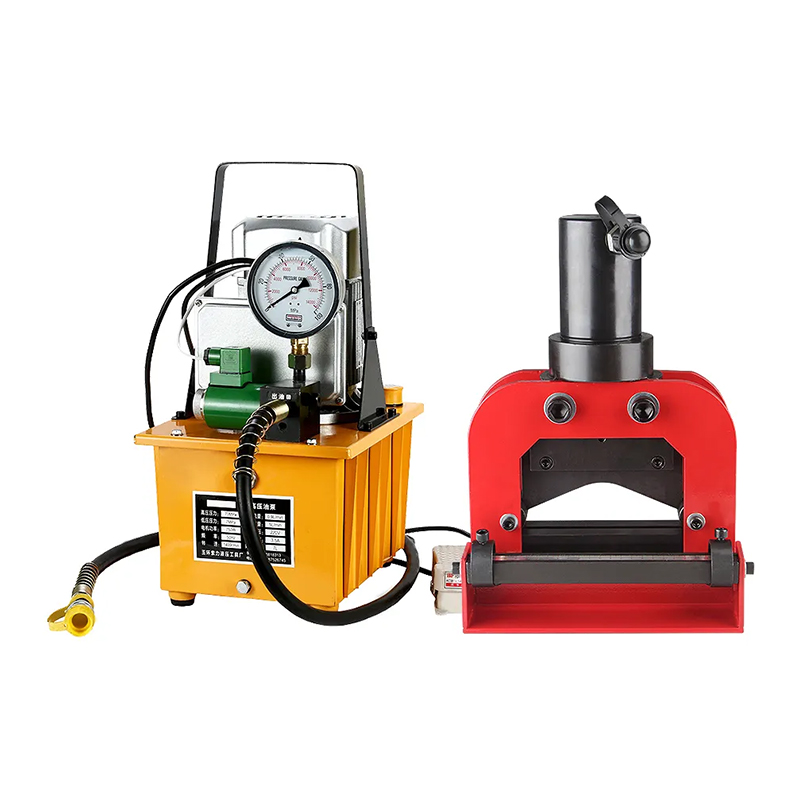


In the metal fabrication industry, integration of equipment is critical for maintaining workflow efficiency, reducing downtime, and improving precision. Among the many specialized machines used in fabrication shops, the angle iron processing machine plays a vital role, especially in structural steel and tower manufacturing. Understanding how this machine interacts with other systems offers insight into its value within a broader production line.
An angle iron processing machine is designed to perform various operations on angle steel, such as punching, cutting, shearing, and marking. These tasks are commonly required in the preparation of steel for construction, utility towers, and metal frameworks. However, on its own, the angle iron processing machine is just one part of a much larger process. To ensure smooth production, it must integrate effectively with other fabrication equipment such as CNC controllers, conveying systems, robotic arms, and welding stations.
One of the main ways an angle iron processing machine integrates with other systems is through digital control. Modern fabrication facilities often rely on computer numerical control (CNC) to coordinate operations across different machines. When connected to a centralized control unit, the angle iron processing machine can receive job instructions that align with the operations of nearby machines. This digital synchronization reduces human error and ensures that all components of a structure are processed according to the same specifications.

Material handling is another critical point of integration. Most angle iron processing machines are installed alongside conveyor belts, automatic loaders, or roller tables. These devices move raw material into the machine and transfer finished pieces to the next station. Integration here helps streamline production and reduce the manual labor required for lifting or transporting heavy steel components. By automating these transitions, fabrication shops can work more efficiently and with greater consistency.
Software compatibility plays a major role in how well an angle iron processing machine integrates with the rest of the fabrication line. Machines that can import CAD or CAM files can operate more closely with the design software used throughout the facility. This compatibility ensures that every hole, notch, or cut is made according to the digital blueprint, and it makes it easier to replicate jobs or make quick adjustments when design changes are needed.
Safety systems can also be integrated across the fabrication line. When an angle iron processing machine is part of a larger system, emergency stops, sensors, and alarms can be interconnected. This way, if a problem arises at one station, the entire line can respond accordingly to prevent accidents or equipment damage.
In some facilities, angle iron processing machines are connected to data tracking systems that monitor productivity, tool wear, and energy usage. This integration helps managers analyze workflow efficiency and plan maintenance more effectively. It also contributes to a more sustainable production process by identifying areas where energy consumption or waste can be reduced.
An angle iron processing machine integrates with other fabrication equipment through digital controls, material handling systems, robotic automation, software compatibility, safety protocols, and data monitoring tools. This integration ensures that metal components move seamlessly from one stage of production to the next. For fabrication facilities aiming to improve workflow and maintain consistent quality, the ability of the angle iron processing machine to work in harmony with surrounding equipment is a key advantage.
Product
Plumbing Tool Crimping Tool Cable Cutter Holemaking Pump Cutting,Bending,Punching Tool Cylinder Cable Stripper Pipe Bender Angle Iron Processing Machine Other Tools

Keep In Touch
